mDetect is a spin-out company from Swinburne University of Technology, that uses particles from space to help mining companies scan dam walls that store highly toxic mining waste by-products. Their ground-breaking early warning system aims to prevent the potential catastrophic failures of these dams which can cause immense loss of lives and livelihoods. Based on a blue-sky research initiative to detect these particles from space, known as muons, this research led to the creation of a low-cost, rugged detector based on patented microelectronics and commercial-grade components. The team leading mDetect has translated this fundamental research into a commercial product portfolio that has the ability to transform the intelligence and insights industries have behind large structures such as dams, tunnels or even bodies of water. Leveraging the experience of the team, with advanced manufacturing and cloud-based AI infrastructure, mDetect has been able to rapidly scale up the detector capabilities to achieve a world-first commercial deployment of their telescopic muon detector at a tailings storage facility of the largest mining company in the world. From lab bench to mine site, this company exemplifies the bold strides this team have made towards translating research to highly impactful and cutting-edge products that have the ability to solve major global challenges such as preventing the collapse of tailings dams. The team have been able to secure university, industry, and government funding, progressing the technology from fundamental research through to an advanced platform ready for commercial applications.

5th PLACE
Impactful Research Team of the Year Award
mDetect Team
5th PLACE Impactful Research Team of the Year Award
Swinburne University of Technology - Australia
"mDetect and Swinburne: Taking Deep Tech to New Depths"
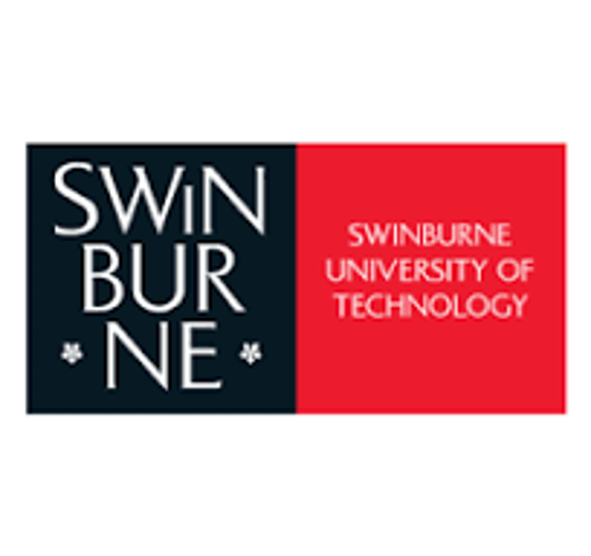
Engage on social media
(Official mDetect LinkedIn account)
(Official mDetect Instagram account)
(Official mDetect Facebook account)
(Official Swinburne LinkedIn account)
(Official Swinburne Instagram account)
(Official Swinburne Facebook account)
Summary
Key People

Professor Alan Duffy
CEO
mDetect

Dr. Shanti Krishnan
CTO
mDetect

Assoc. Prof. Jerome Donovan
COO
mDetect

Dr Eryadi K Masli
CFO
mDetect

Mr. Craig Webster
Chief Engineer
mDetect

Dr Federico Scutti
Postdoctoral Research Associate in Muon Detection
School of Science, Computing and Engineering Technologies,
Swinburne University of Technology

Mr Ray Seikel
Senior Software Engineer
ADACS,
Swinburne University of Technology

Dr Mark McLean
Senior Lecturer
School of Geography, Earth and Atmospheric Sciences,
University of Melbourne
Acknowledgements
● AMGC (Advanced Manufacturing Growth Centre
● Swinburne University of Technology’s Innovation Studio
● Swinburne University of Technology
● BHP
● ARC Centre of Excellence for Dark Matter Particle Physics
● Australian Research Council
Images
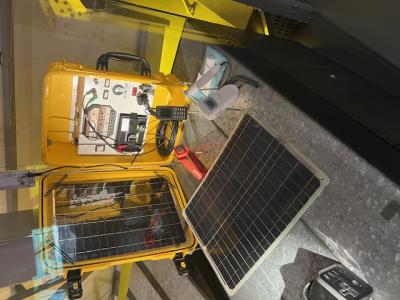
MOD with power

MOD
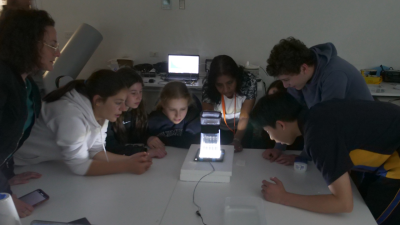
Students with EduMOD

MIST at Prom Hill
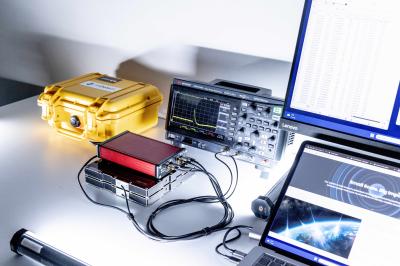
EduMOD
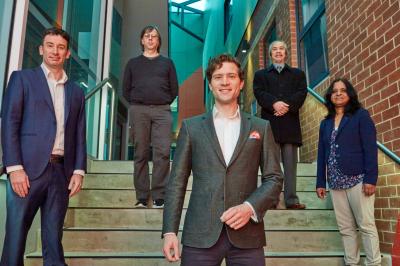
Co-Founders of mDetect

MerMOD
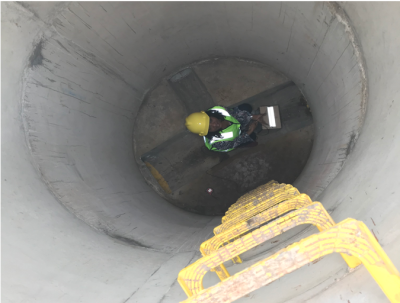
MOD @ Water Tunnel
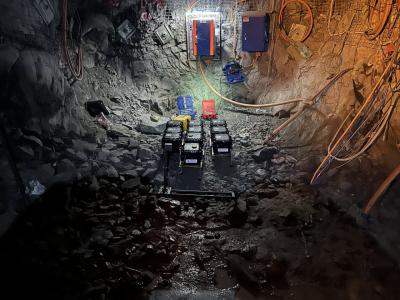
MOD @ Mining Site
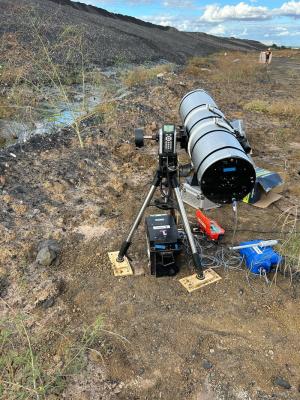
MIST
IMPACT STORY
Impacting lifes
Impact on Industry Partners and Society:
Tailings dams present a global challenge for mining companies managing dangerous by-products, including toxic sludge with chemicals like cyanide and mercury. With some 55 billion m3 of tailings by-products worldwide, or equivalent to approximately 100 times the volume of Sydney Harbour, there is a massive need for effectively managing dangerous mining by-products.
This becomes more pronounced as every year, approximately three tailings dams fail worldwide. Tragically, 19 people were killed, and pollution from the mine “devastate[d] wildlife and tainting drinking water for hundreds of thousands of people” (BBC, 2019). While there are potentially catastrophic outcomes when tailings dams fail, current technologies remain unable to provide detailed early warning systems to allow mining companies to prevent such failures. mDetect’s product offers a world-leading solution that has the potential to detect, prevent and mitigate failure of tailings dams across the world.
Commercial Impact:
The proof-of-concept trials have given us the basis to begin negotiating multi-million-dollar deployments with channel partners to deploy our devices across major tailings facilities in Australia. While these commercial negotiations are still ongoing, the outcome of this is likely to fundamentally change the traditional monitoring methods used in all tailings dam facilities globally, establishing a new benchmark for acceptable monitoring systems to prevent dam failure. There are also numerous other potential applications for this technology that are being progressed by the team to transform the way we look at large structures or substances, including in infrastructure and construction industries, along with defence applications.
LEARNINGS
Lessons learned
In taking technology from the lab bench to the mine site, you discover many challenges along the way! First and foremost, your technology is never as ready as you would think, like, or even hope, but that is okey. Because there is no substitute for having your innovation out into the market and getting that invaluable feedback both from the users, but also the challenges of the real world. The real world will test your innovation in ways you simply cannot imagine; in our case, everything from kangaroos (we think!) attacking equipment to prototype enclosures overheating. Things we could not have anticipated from the lab, it is fair to say!
While all of the individual challenges will be unique to the technology spin out in question, the fact that you need a dedicated team around you to solve the problem is not. So, make sure you have assembled a core team, one that delivers excellence in innovation, business, and technology. But are also positive and solution focused, as the mindset in overcoming these challenges to commercialization requires that teamwork and mutual support.
In our case, we were incredibly fortunate with the generous, and ongoing, support of our university in this spinout journey but also in having the ideal first customer who was willing to trial our technology, and explore it with us. We can only encourage you all to find both before you undertake your own commercialization journey.
FUTURE PLANS
What's coming?
Scalability:
While our primary market is focused on tailings dams, we are already exploring many opportunities beyond this. For example, there are over 6,000 active mines globally and, in Australia alone over 50,000 legacy mines, all of which can benefit from long-term monitoring of their underground sites and associated tailings that our muon technology can provide. Beyond this, we are already exploring the use of this technology for other critical infrastructure, such as for the approximately 90,000 large water dams globally. We also see
a tremendous growth opportunity in large infrastructure efforts by providing that long-term monitoring for subsidence or water table change around high-rise development or tunnel networks.
Future research:
A joint research development agreement has been signed between mDetect and the University of Tokyo for our new vertical in muon cryptography. This muon-powered cryptography system is unhackable and provides various personal, industrial and military applications. We have now filed a joint patent with the University of Tokyo for this technology, along with a Nature article detailing the high-level operation of this system that will achieve significant exposure for mDetect in this new market. To help fund this research and development, we have submitted an EOI to the Global Science and Technology Diplomacy Fund. This competitive fund has AUD$6 million to grow international research collaboration in our region, enhance Australia’s standing as a science and technology leader, and drive innovation and commercialisation in priority areas.

